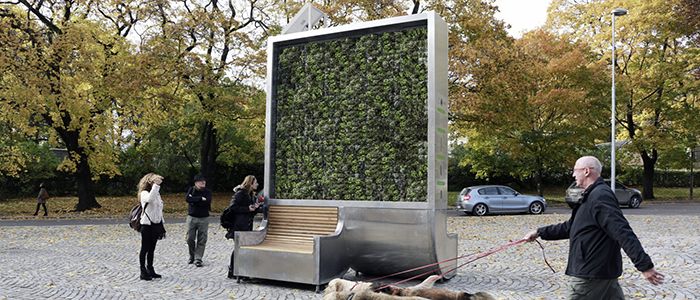Book your spot on a 2024 Factory Tour
The Street Furniture Australia factory, in Regents Park, Western Sydney, is both a manufacturing hub and R&D studio for our Australian-designed and made street furniture products. We run fun and informative group events for customers throughout the year, to share how products are designed, tested and built, and the latest products and projects. Director of Tract Julie Lee said: “It was a great opportunity for our team to look behind the scenes and understand the innovation, research and climate positive outcomes Street Furniture Australia is focusing on. Thank you for having us!” Place Design Group Associate, Liam Isaksen, said: “The factory tour is a fun experience to learn about the design and manufacturing process of public furniture we use in landscape architecture design. Seeing the work behind the scenes and …
- 20 nov 2023









